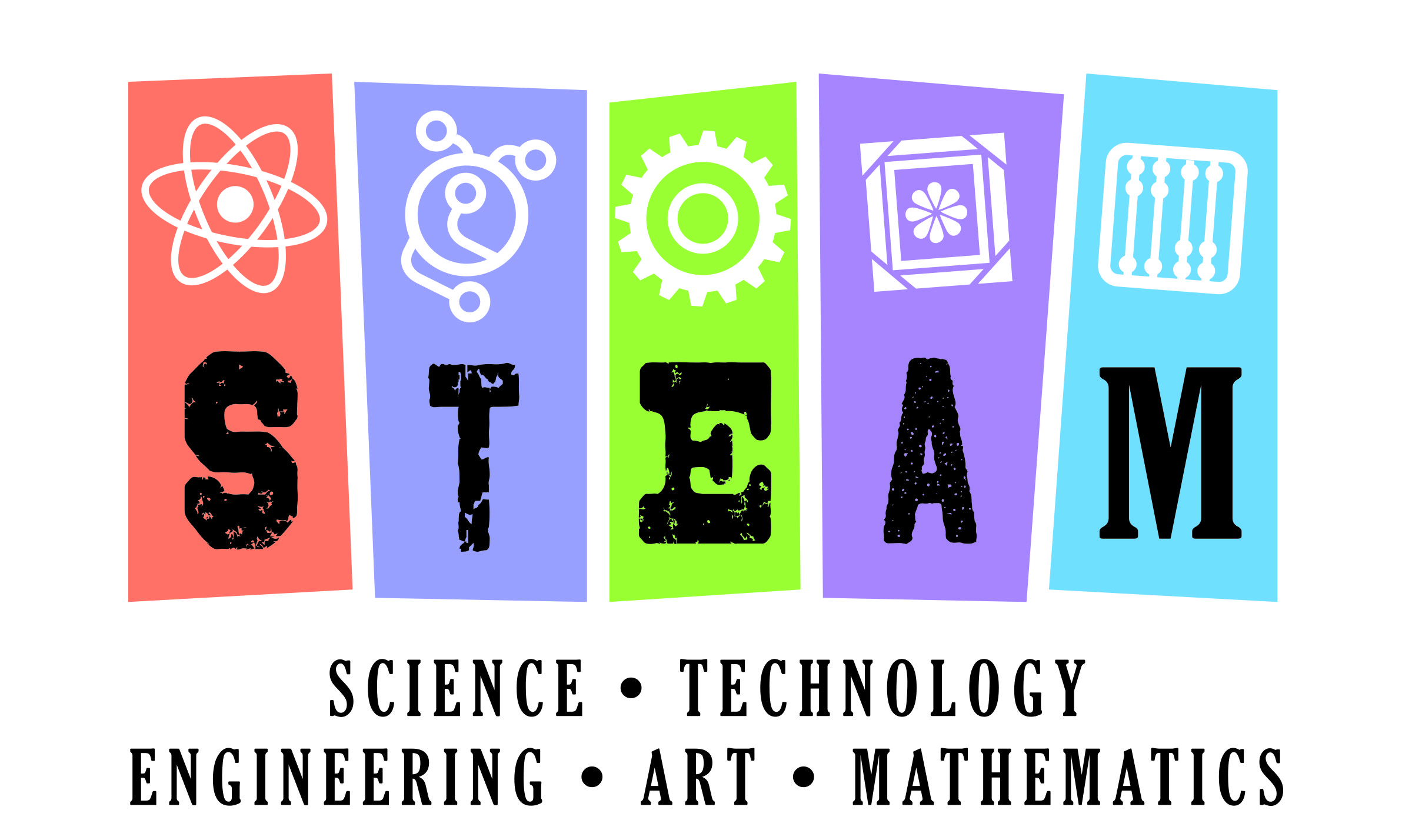
How to introduce STEAM?
The pathway to STEAM is exciting, however, can also be tricky if the proper implementation and understanding of the STEAM concept is clear:
- STEAM is an integrated approach to learning which requires building bridges between curriculum design, integration of disciplines and assessments.
- Teaching STEAM involves connecting at-least two disciplines from Science, Technology, Engineering, Math and the Arts and assessed in and through each other.
- Questioning, criticizing, making links and process-based learning are the basis of the STEAM approach.

TME Way of Implementing STEAM:
In this stage of STEAM, TME works with teachers and students to explore a broad range of topics, ideas or problems in a particular content area of focus.
During the discovery phase, TME creates a curriculum schema map about the chosen topic, idea or problem depending on the current resources.
Once TME have created curricular schema map, connection is made between one or two areas to a broad topic.
Once the standards and assessments are aligned between the chosen content areas, a course plan is developed to help students in their learning about the broader topic. This process is inquiry driven, where students are presented with a problem or question which demands from them to learn and use content knowledge to influence the context of the situation.
Once students have moved through the lesson and have completed their project, they are supposed to reflect and critique their own work, as well as that of their peers. This can be done through self-assessments, rubrics, portfolios, artists statements, or peer reviews. Similarly, teachers and administrators engage in the reflection process based upon the results of the lesson process and products.










